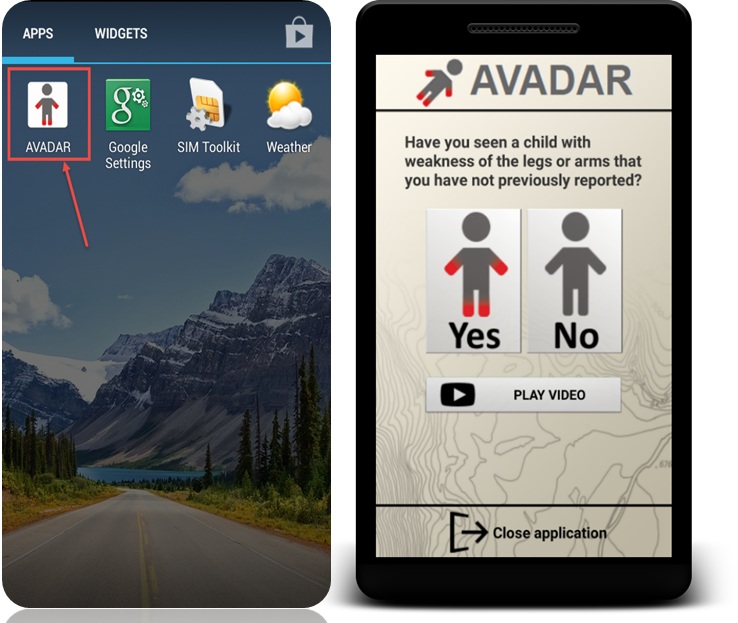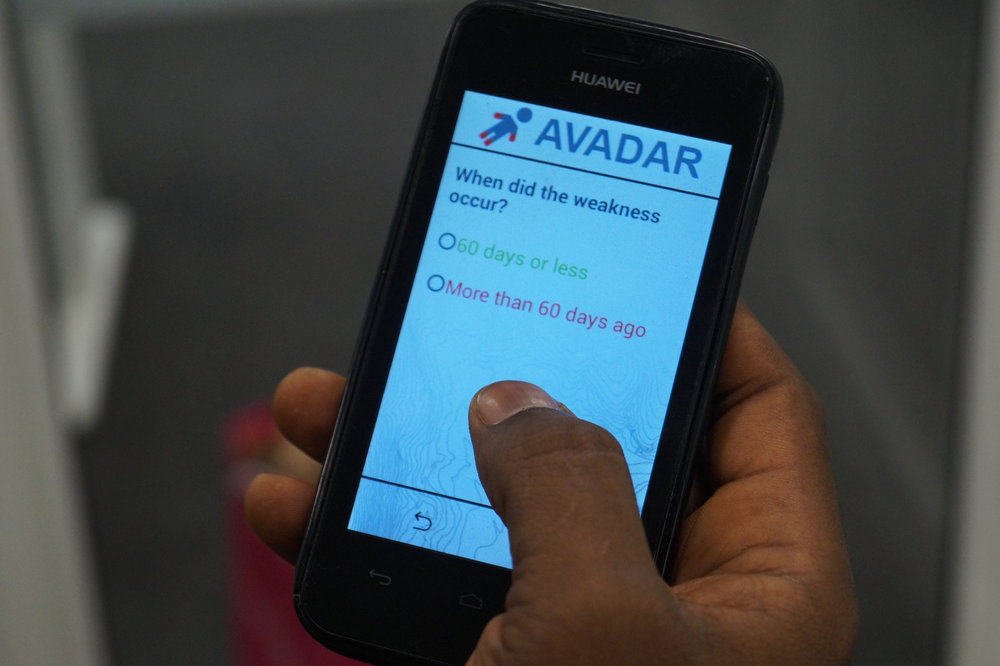“As can you imagine, it takes a lot of time for health workers at the facility level to send their reports to the DHMT, and the time of entering them into the database. We always get issues of late delivery of forms from health facilities, mostly as a result of logistical challenges in the facility or difficult terrains. This delay often results in late response to reported diseases from the facilities or the communities. It’s one of the reasons also why we are unable to detect and respond in a timely manner to serious disease conditions.”
When two new cases of polio were discovered in Nigeria in 2016, public health personnel across Africa recognized the need to improve disease surveillance methods and detect potential cases of polio before it is too late. Polio eradication is a global priority. With three countries left to be certified "polio free," public health stakeholders are putting extra effort into the development of innovative strategies to find and banish polio once and for all.
Traditional surveillance systems use a paper-based reporting structure in which health workers record the number of infectious diseases they encounter each week at their health facilities. For diseases that require an immediate response - such as acute flaccid paralysis (AFP), the main indicator of polio - health workers are required to call the case in immediately for follow up.
However, cases are not always tracked or responded to in a timely manner, the data is not always complete or readily available, and only those cases that have been referred to health clinics are identified and reported.
eHealth Africa (eHA) partnered with the World Health Organization (WHO), the Bill and Melinda Gates Foundation (BMGF), Novel-T and the Ministry of Health and Sanitation (MoHS) to launch the Auto-Visual AFP Detection And Reporting (AVADAR) mobile-based SMS surveillance application in four districts in Sierra Leone. AVADAR addresses these issues by engaging community members to be disease reporters, making data available in near-real time, sending automatic case alerts to disease surveillance officers (DSOs), and automatically aggregating and visualizing case alerts and investigations.
Luseni Kamara is a DSO in the Western Urban district, which is one of the pilot districts for AVADAR in Sierra Leone. He has experienced first-hand how technology has improved his ability to detect and respond to potential cases of AFP in his communities.
“The introduction of mobile-based technology into surveillance has helped us greatly by not only improving the early detection of diseases but also improving on the timeliness and completeness of reports coming from health facilities. As a DSO, it makes my work much easier as I can do investigations of reported cases in a timely manner, it reduces the workload and time spent on inputting data into an excel database, it helps me get more accurate and relevant data in terms of patient details, geographical location etc, and it has helped me track reported cases from the community and health facilities, thereby giving an insight into where I need to strengthen active case search. The system has worked so well that all the reported four AFP cases in the Western Rural district were investigated within the required timeframe and out of these two were true AFP cases.”
Since the program launched in March of 2017, AVADAR has found a total of 27 true AFP cases, many of which were not identified using the traditional surveillance system. Thankfully, none were polio. With the success of the innovation, some health professionals are now looking at how the AVADAR model of active, technology-assisted, community-based surveillance could be applied to other priority diseases.
“With technology, one can store, process and retrieve data anytime and everywhere. So definitely there are huge opportunities for mobile-based surveillance reporting systems. I think one opportunity is to extend the AVADAR way of reporting to other diseases.”







